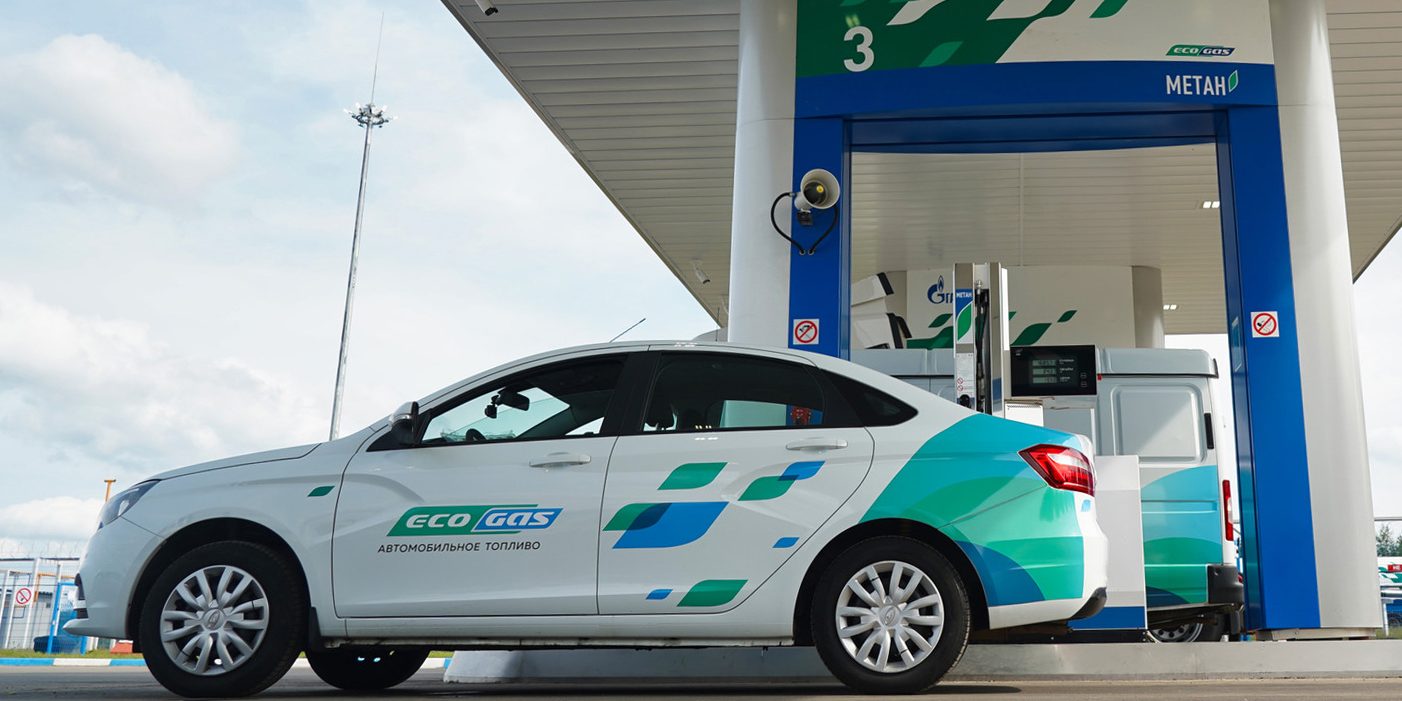To make the advantages of natural gas as a vehicle fuel available to as many car owners in Russia as possible, Gazprom has been actively and systematically participating in the development of the domestic NGV market since 2012. Recently, the company’s Board of Directors took note of the information about the development of this market in this 10-year period.
The work has yielded considerable results. Over 10 years, Russia’s NGV refueling network expanded threefold, comprising 728 service stations as of early 2023. More than a half (56%) of them are facilities owned by Gazprom. Private investors are also interested in the construction of CNG stations under the Gazprom brand name: the first such stations were launched in the autumn of 2022, and as many as 11 facilities are in operation under a franchise contract now.
The demand for natural gas for vehicles is steadily growing: its total sales have increased fourfold across Russia since 2012, amounting to about 1.5 billion cubic meters in 2022. Russia’s NGV fleet is being consistently expanded. There are about 285,000 natural gas-fueled vehicles in the country today.
Gazprom is also taking extensive efforts to convert its own fleet to natural gas. Today, more than 14,000 vehicles, which make up 63% of the fleet owned by the company’s core subsidiaries, are NGVs. Since 2014, said companies have saved over RUB 12 billion as a result of substituting petroleum fuels.
In addition, Gazprom works closely with Russia’s largest automakers in relation to broadening the lineup of NGVs. As a result of these efforts, Russian factories have launched the batch production of over 230 natural gas-powered vehicle models by now, which include passenger cars, trucks, buses, and special-purpose vehicles. The parties continue to elaborate the creation of new NGV models.
In parallel, Gazprom is exploring the potential applications of natural gas in other kinds of transport, such as railway and waterborne transport. The TEMG1 shunter, which is Russia’s first shunter powered by LNG, was custom-developed for Gazprom and is currently under pilot operation. Work is also underway to create models of LNG-powered passenger ships to run in the waters of St. Petersburg.
The meeting also addressed that the adoption of decisions to increase the amounts of state subsidies allocated for, inter alia, the conversion of vehicles to CNG, the manufacture of NGVs and the construction of more CNG stations can facilitate further intensive development of the market. Gazprom, in its turn, plans to build more than 200 natural gas stations by the end of 2025. Particular attention will be given to creating a core refueling network along key federal highways.
Source: Gazprom







